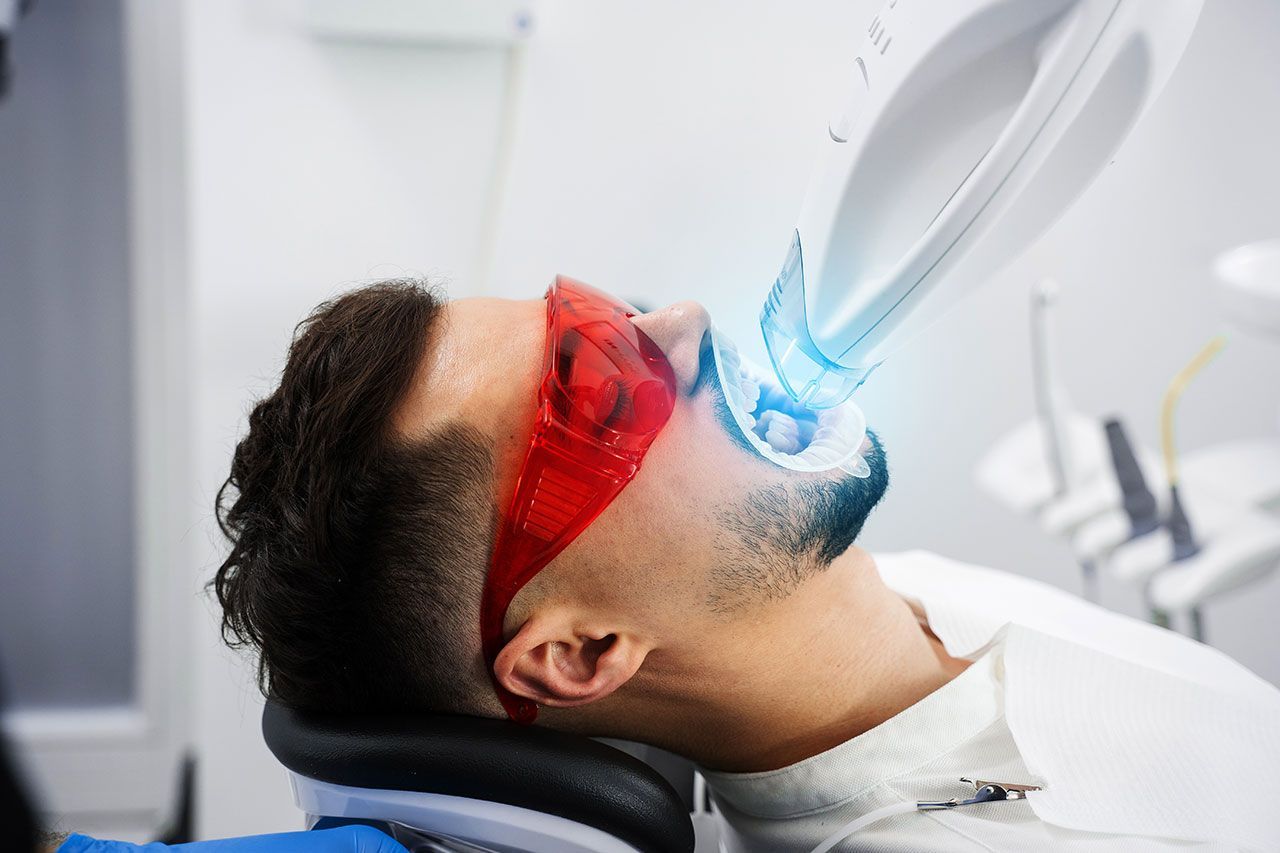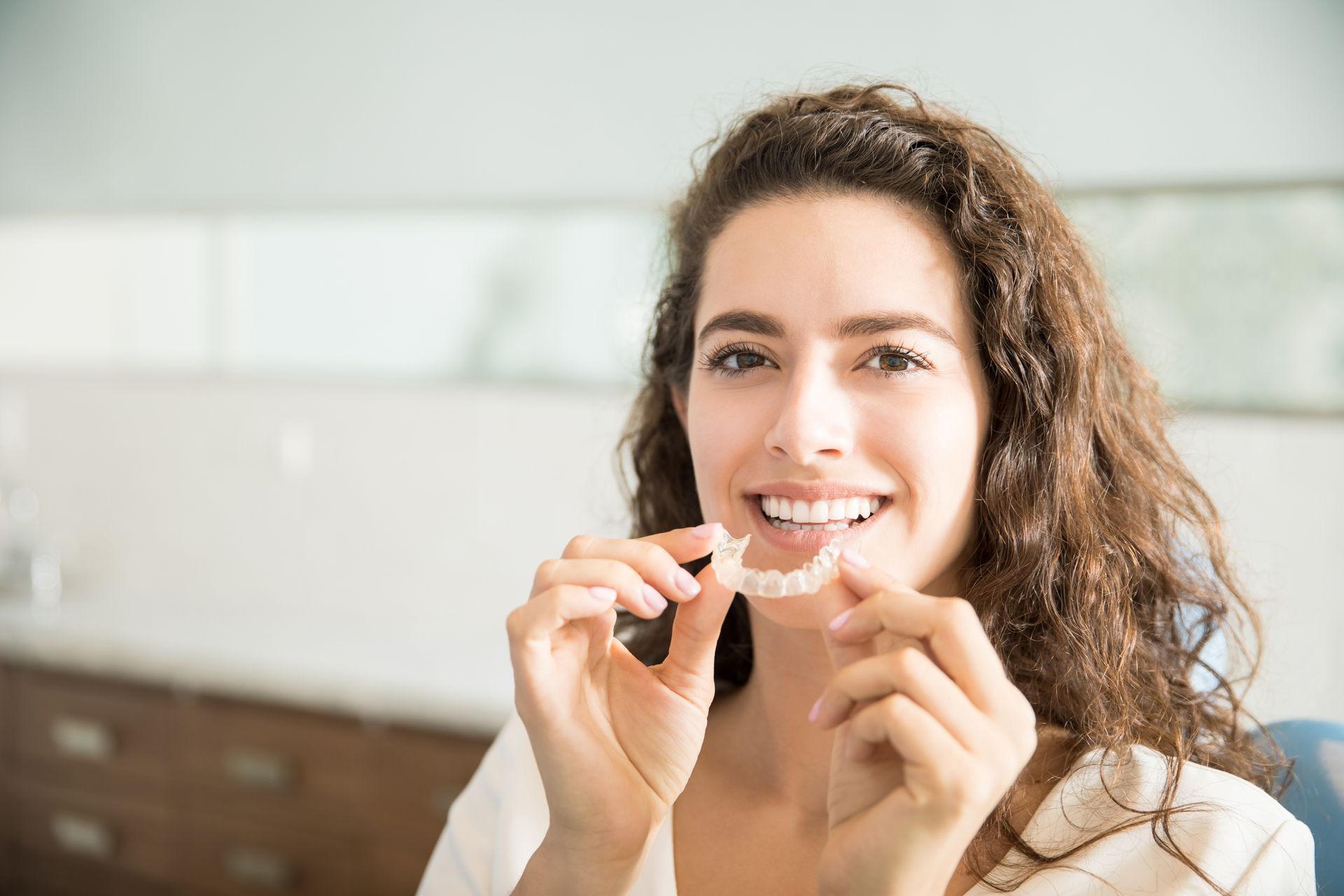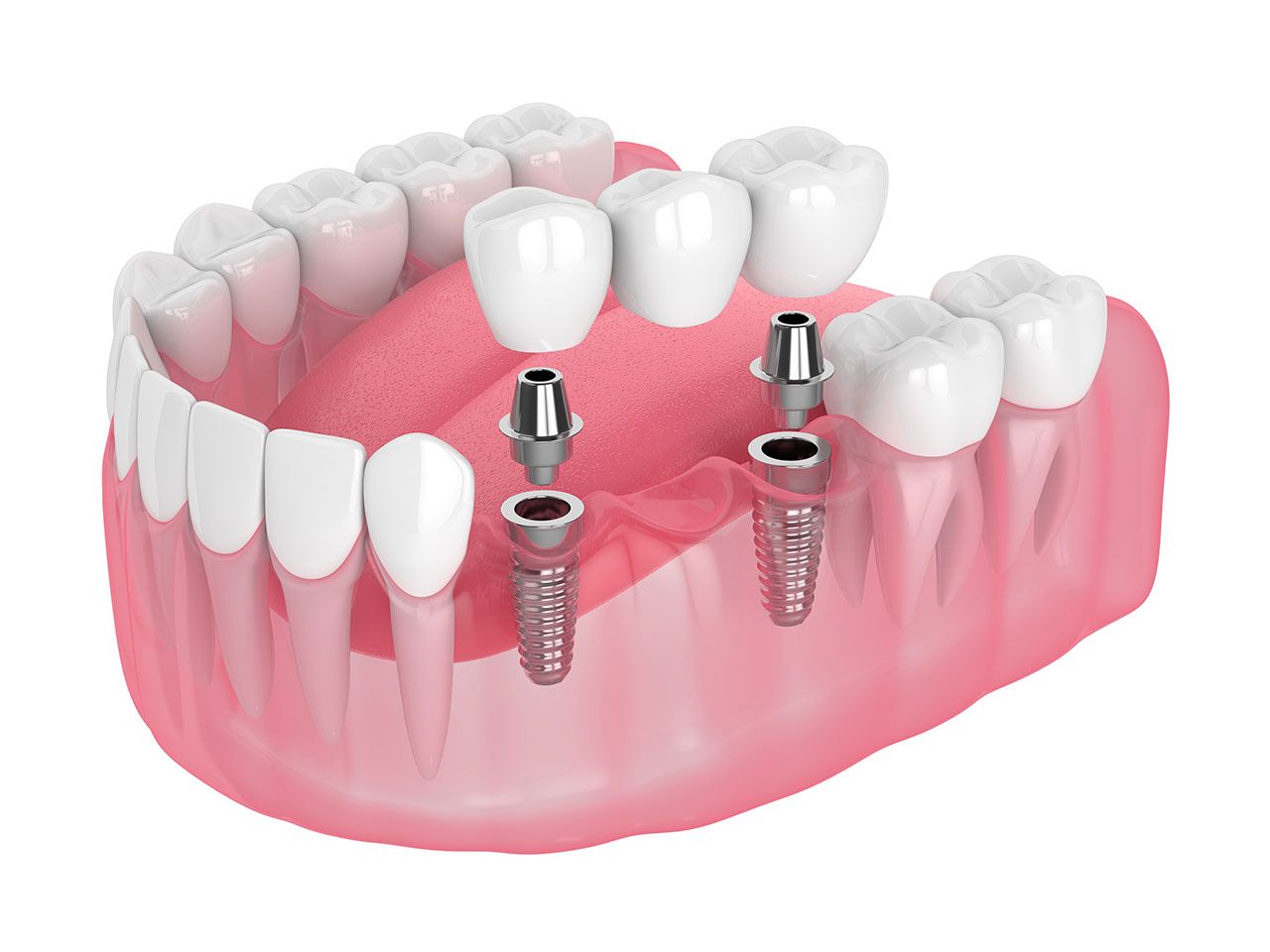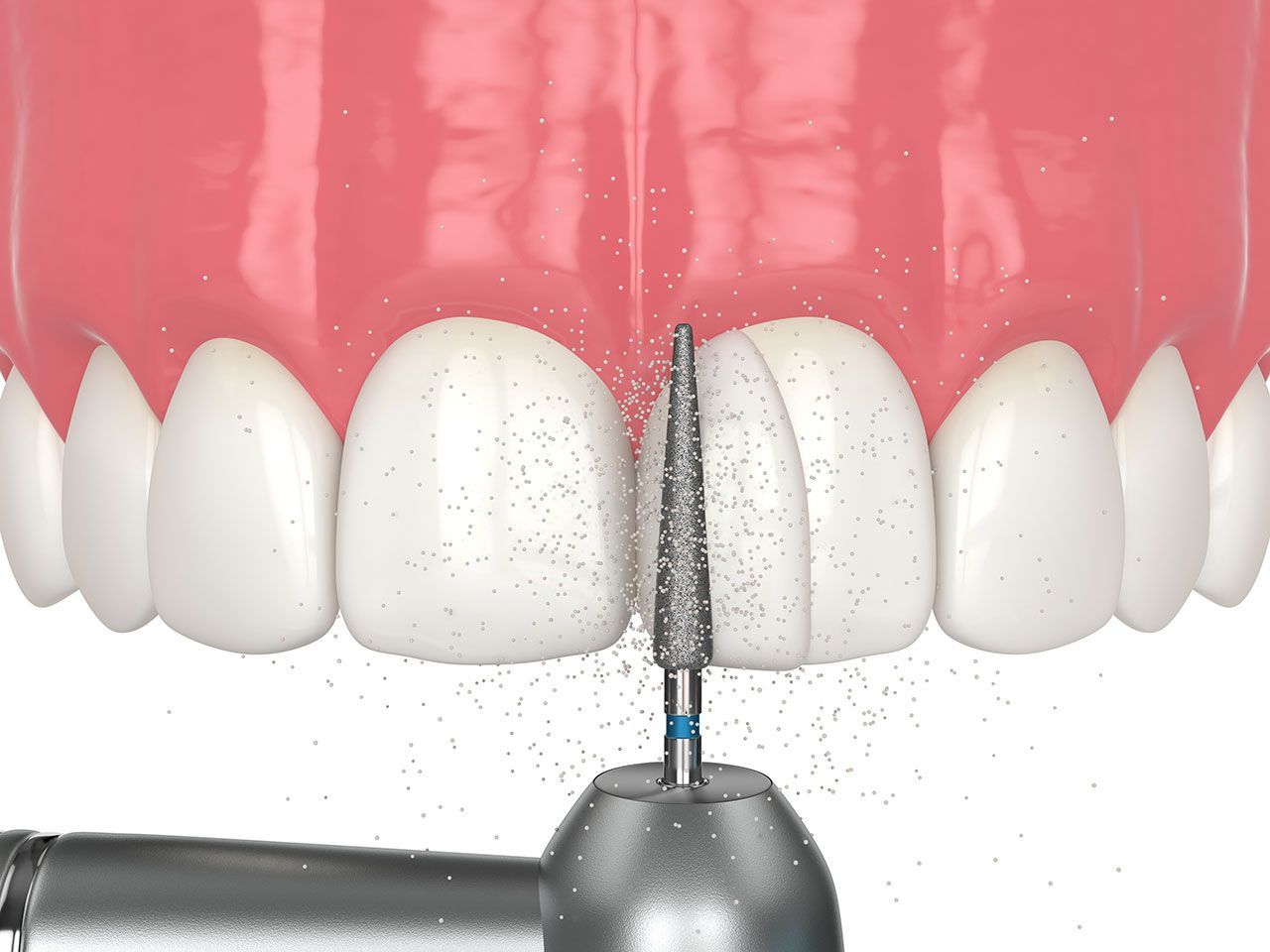Emergency Dentist Detroit: What To Do When Urgency Strikes
Dental emergencies rarely happen at convenient times. A sudden toothache, a broken crown, or an accident during sports can leave you in pain and unsure of what to do next. Knowing when to seek care from an emergency dentist in Detroit can make all the difference in saving your tooth and easing discomfort.
What Counts as a Dental Emergency?
Not every dental issue requires immediate care, but some situations do. Common emergencies include:
- Severe tooth pain that doesn’t go away
- Knocked-out teeth
- Broken or cracked teeth causing pain
- Lost fillings or crowns
- Abscesses or infections causing swelling
- Injuries to gums, tongue, or jaw
If you’re unsure whether your issue is an emergency, it’s best to call your dentist for guidance. Quick action can often prevent complications.
First Aid Tips While You Wait
Knowing a few simple steps can help you protect your teeth before reaching the dentist:
- For a knocked-out tooth: Rinse it gently, avoid touching the root, and place it back in the socket if possible. If not, store it in milk or saliva and head to the dentist immediately.
- For severe toothache: Rinse your mouth with warm water and gently floss around the area. Avoid placing aspirin directly on the tooth.
- For broken teeth: Save any fragments and apply a cold compress to reduce swelling.
- For lost crowns or fillings: Use dental cement from a pharmacy as a temporary fix.
Why Emergency Care Matters
Delaying treatment can worsen the problem. Infections can spread, broken teeth can become more damaged, and lost teeth may be impossible to save if not treated promptly. Emergency dentists are trained to provide immediate relief and stabilize your condition, protecting both your oral health and overall well-being.
Benefits of Seeing an Emergency Dentist
According to dental health experts, immediate care reduces the risk of tooth loss, prevents infections from spreading, and helps preserve long-term oral function. Emergency dentists also use advanced technology to diagnose issues quickly, from digital x-rays to same-day treatments.
Patients often feel more at ease knowing that an emergency dentist is available. It builds trust and reassurance, especially for families with children or individuals prone to dental anxiety.
Dental emergencies can be stressful, but you don’t have to handle them alone. Having an emergency dentist in Detroit you can trust means you’ll always have somewhere to turn when unexpected pain strikes.
If you or a loved one experiences a dental emergency, don’t wait. Call Wow Dental immediately at 313-371-9880 to schedule urgent care at our Detroit locations on Eight Mile or Moross Road. Prompt action today could save your smile tomorrow.
Share This Article










